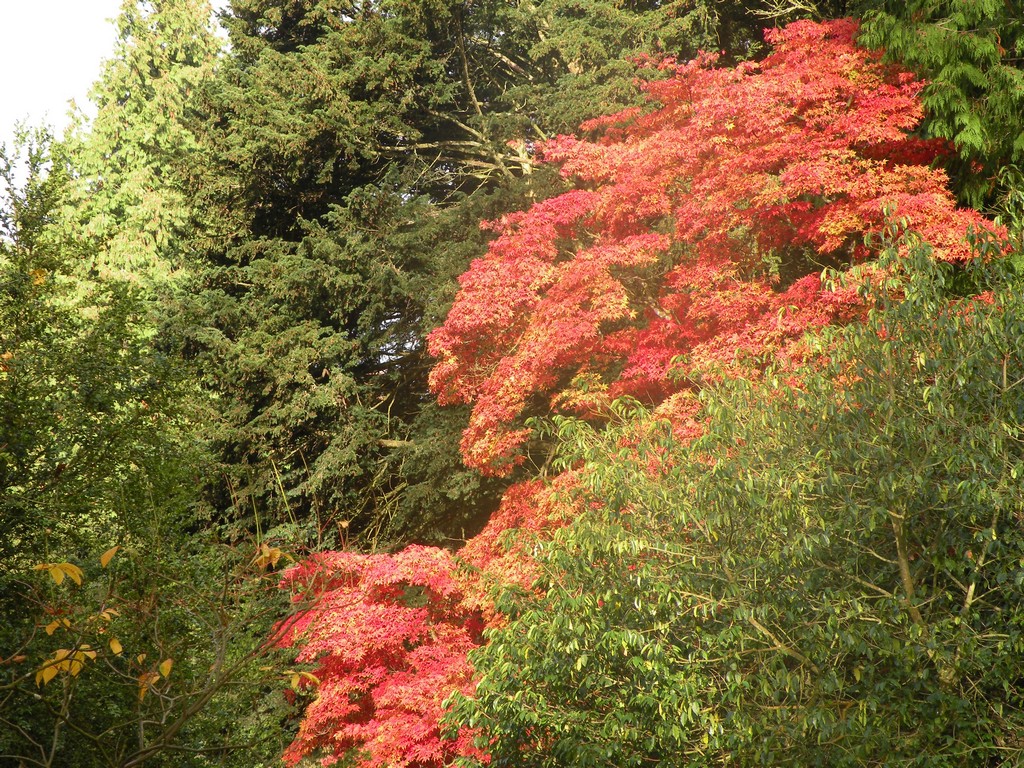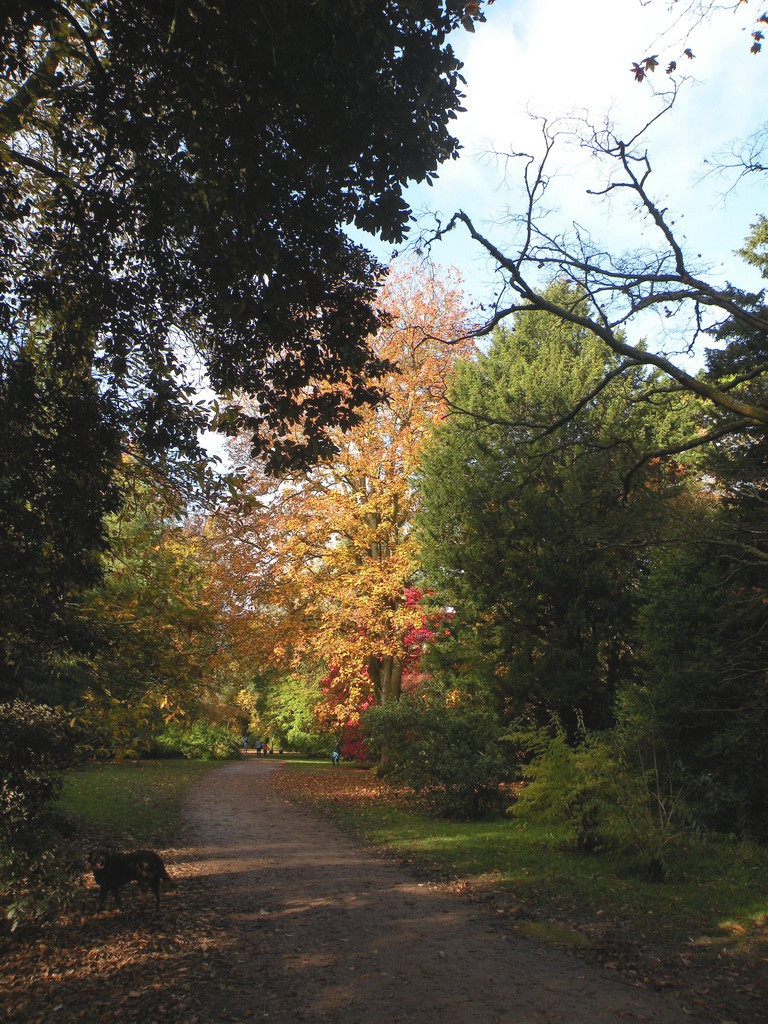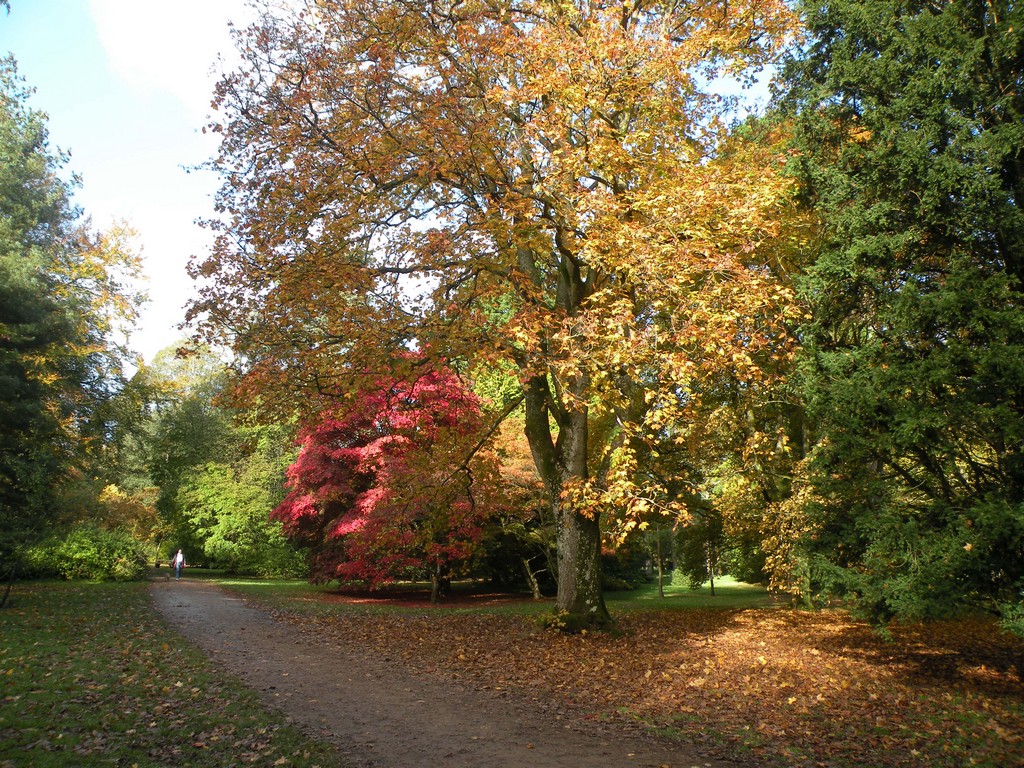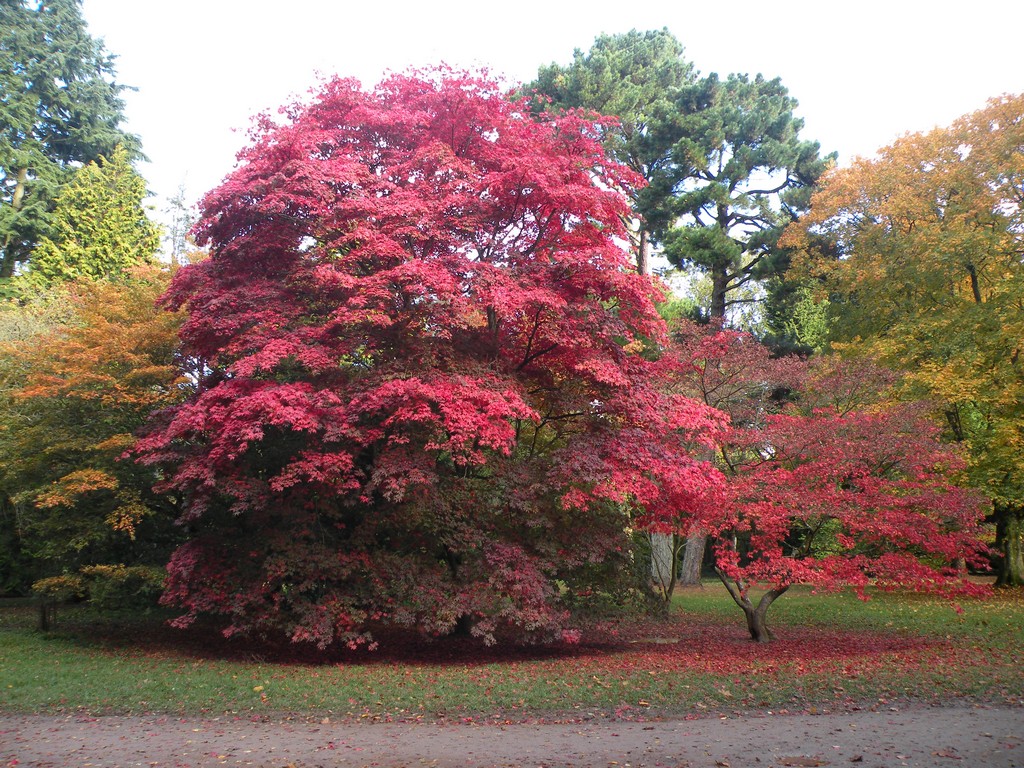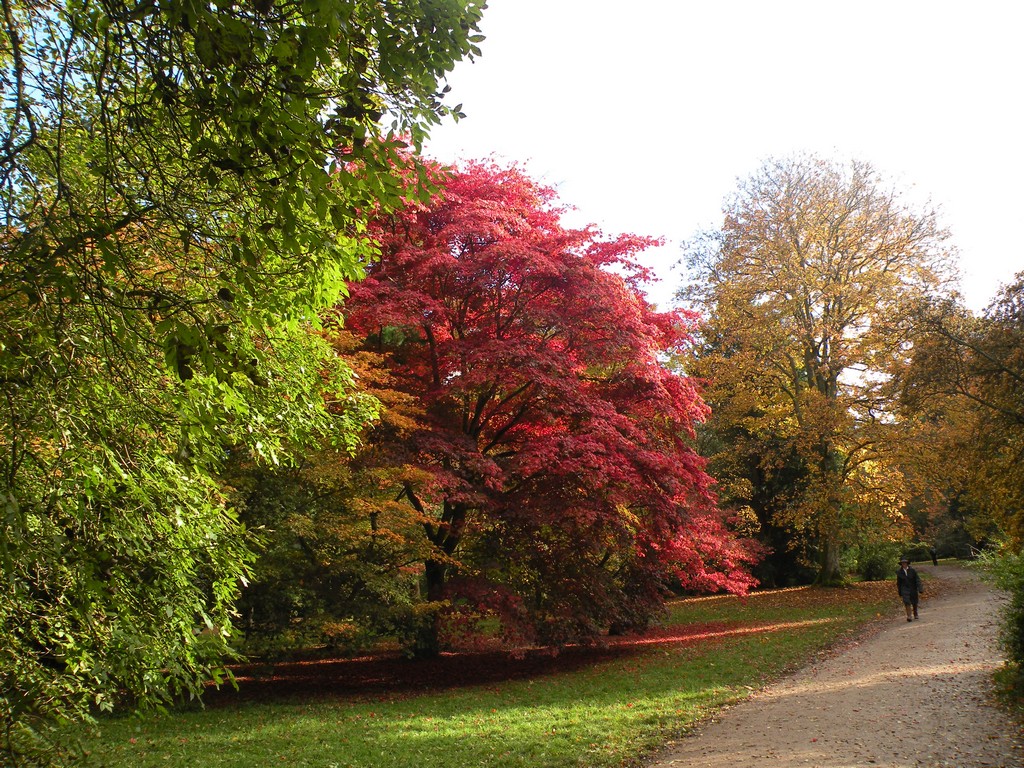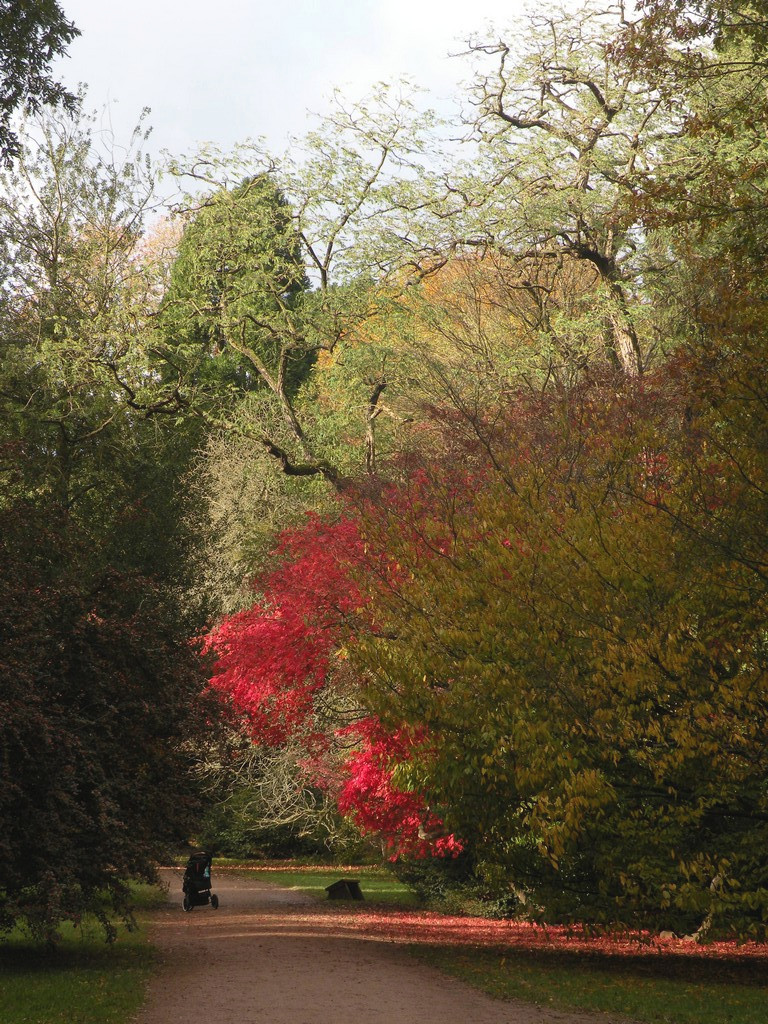Phil Pascoe
Established Member

At Westonbirt they've just marked all the Fraxinus species with yellow bands so they stand out and make people aware of the problem - this one is just outside the entrance. They are a little uncertain how to proceed but it seems they will all be felled, as besides all else apparently they become brittle and therefore more dangerous to fell - obviously they have to be felled carefully and not just dropped because of the damage done to adjacent trees. There is one fairly large one lying with the small branches removed with explanatory information on it. Such a shame, such beautiful trees.
.....................................................
Westonbirt is absolutely stunning. :shock: I might have been more awestruck than some as living in W. Cornwall we have very, very few really large trees - the wind gets them first. £10 admission or £39 per annum - anyone who lives within reaching distance should go. They're developing a woodworking area where they hope to show the end products of timber they can trace back to seed, and are/were running a chair making course - it'll be interesting to see how that develops.
On the first weekend of the month they do a tour of the propagation unit in the mornings - I did this one as well as a guided tour of one of the woods in the afternoon - the tours are free, the guides are volunteers and are very knowledgeable.
A wonderful place, I shall do the 400 mile round trip again. And again.















